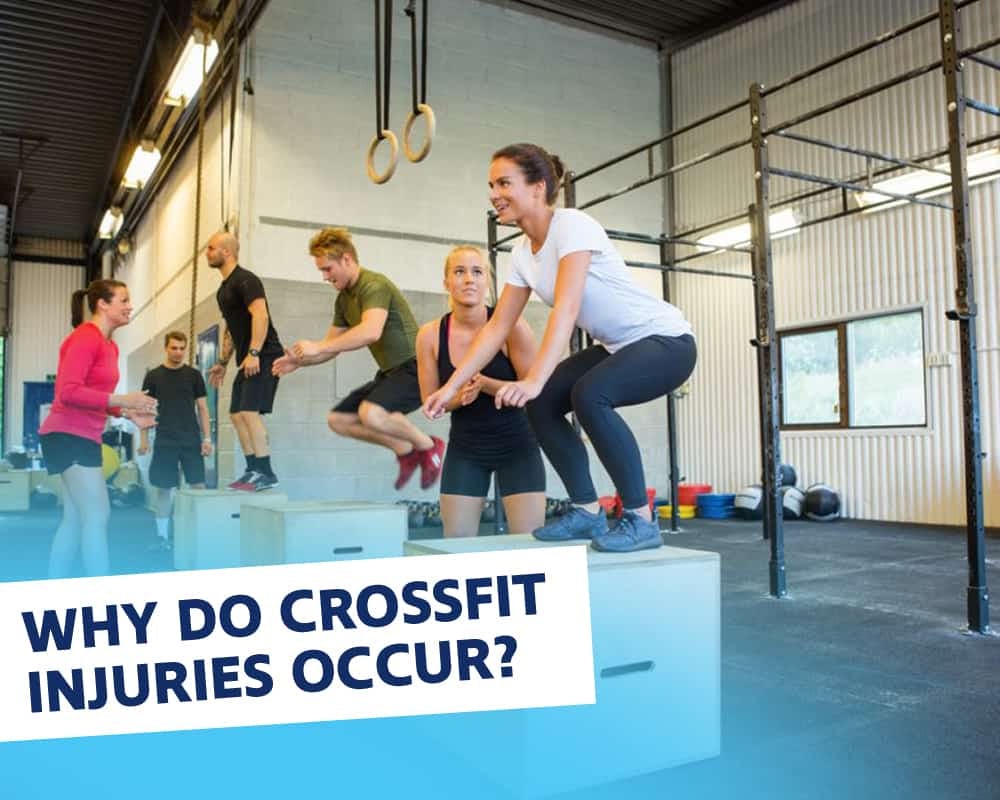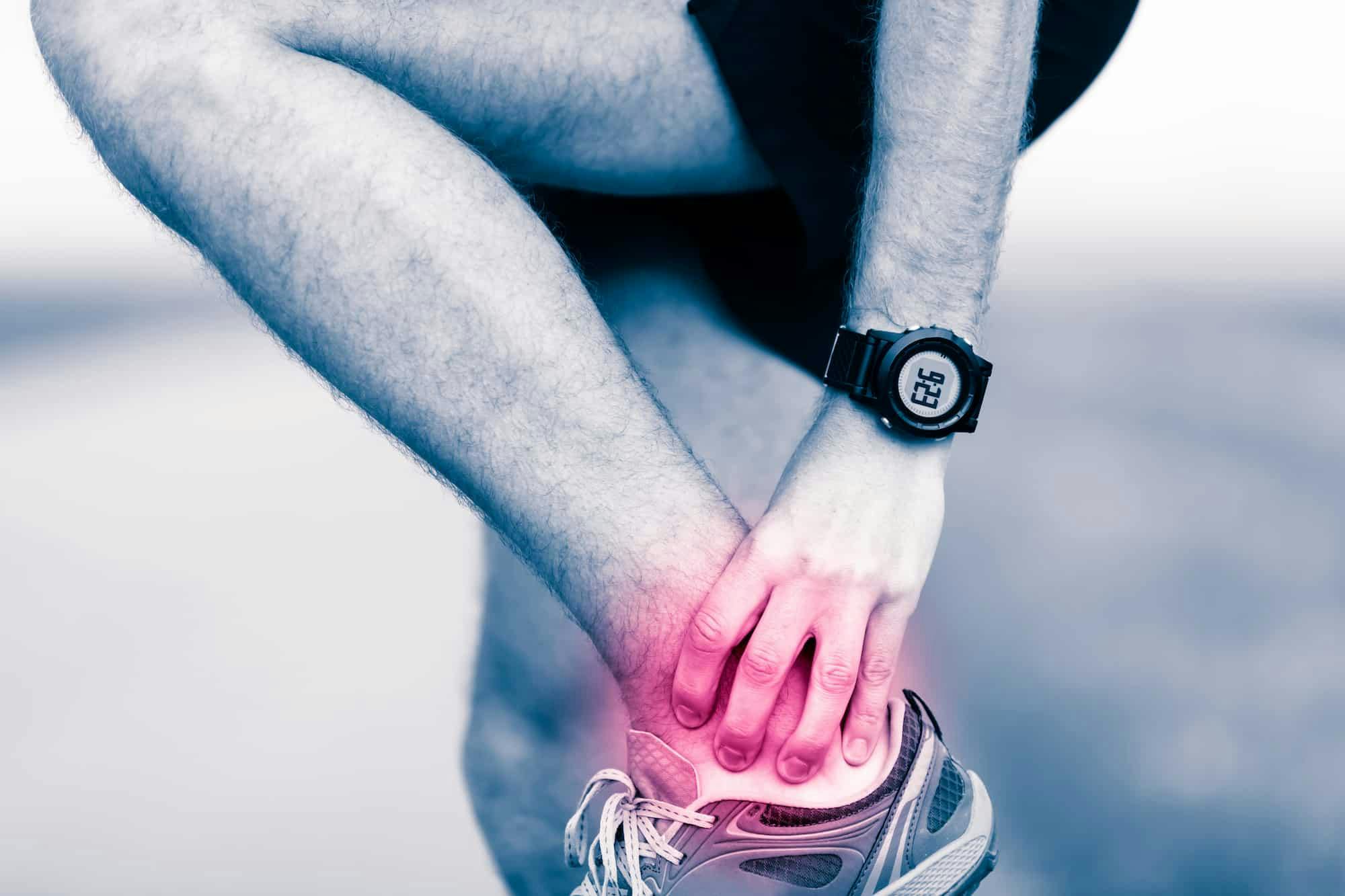- Blog
Why Do CrossFit Injuries Occur?
Posted on 12-17-2025 in CrossFit by Dr. Chris O'Grady

Posted on 12-17-2025 in CrossFit by Dr. Chris O'Grady
Like any other exercise program, most CrossFit-related injuries occur because athletes aren’t using proper form, haven’t warmed up or they push themselves beyond safe limits.
Injuries also occur when athletes ramp up activity too quickly without working up to higher levels of intensity over time.
Using the CrossFit methodology, athletes focus on pushing themselves to the maximum ability. Most CrossFit gyms (referred to as a CrossFit box) have a large digital clock and a vocal instructor urging CrossFitters to work as hard as they can in the time allowed.
Work Out Smart
Even with the pace of CrossFit workouts, athletes need to be aware of their body’s limitations and, most importantly, work out smart. That means listening to cues and signs indicating it’s time to scale back and take it easier. Building up strength takes time. Athletes who think they can jump ahead by overstraining their bodies are in for a rude awakening – and a lot of pain.
Injuries tend to occur more often in those who work out on their own or in a facility that’s not equipped to handle CrossFit training. CrossFit is different from many other exercise programs and workout “routines.” CrossFit requires not only specific equipment but also trained, attentive staff to oversee workouts of the day (WOD).
10 CrossFit Fitness “Domains”
CrossFit includes plenty of exercises to help athletes reach their potential in each of these 10 areas:
Some of these exercises are more likely to cause injuries than others.
For instance, bounding box jumps place a lot of excess strain on the heels and calves. They can also cause Achilles tendon injuries. Kipping pull-ups are associated with shoulder injuries, especially when an athlete doesn’t adhere to proper form. High-rep Olympic lifts are another common source of injuries, especially in the back, arms and legs. This is especially true when lifting heavy.
All CrossFitters, especially novices, need to pay close attention to their form when completing these exercises and others and be aware of any signals their bodies may be sending them, so they know when to back off.

With summer in full swing and children taking advantage of more time to participate in sports-related or other outdoor activities, it’s essential to be mindful of injury prevention while encouraging their interest in activities that don’t involve screen time!

May is National Arthritis Awareness Month, and of the more than 100 forms of this painful condition, many can affect the ankle. In fact, almost half of people in their 60s and 70s have arthritis of the foot and/or ankle, but not all of them have symptoms.

Springtime in North Florida is the perfect season for gardening, but hours spent planting, pruning, and digging can take a toll on your body. At North Florida Bone & Joint Specialists, we often see patients with gardening-related injuries affecting the hands, upper extremities, shoulders, and knees. Whether you're a weekend hobbyist or an avid green thumb, practicing proper ergonomics can help ensure you stay injury-free while you enjoy your time outdoors.